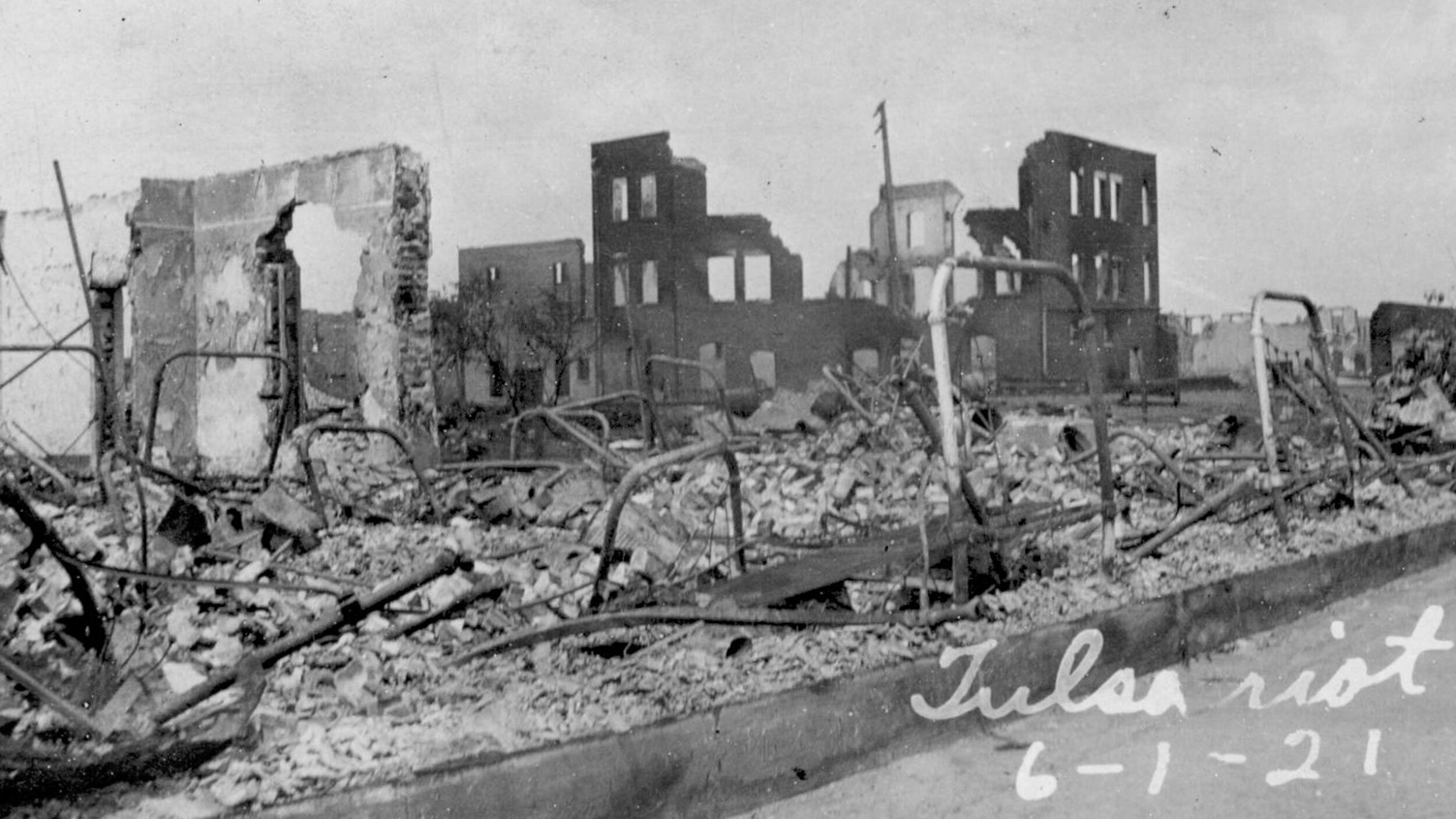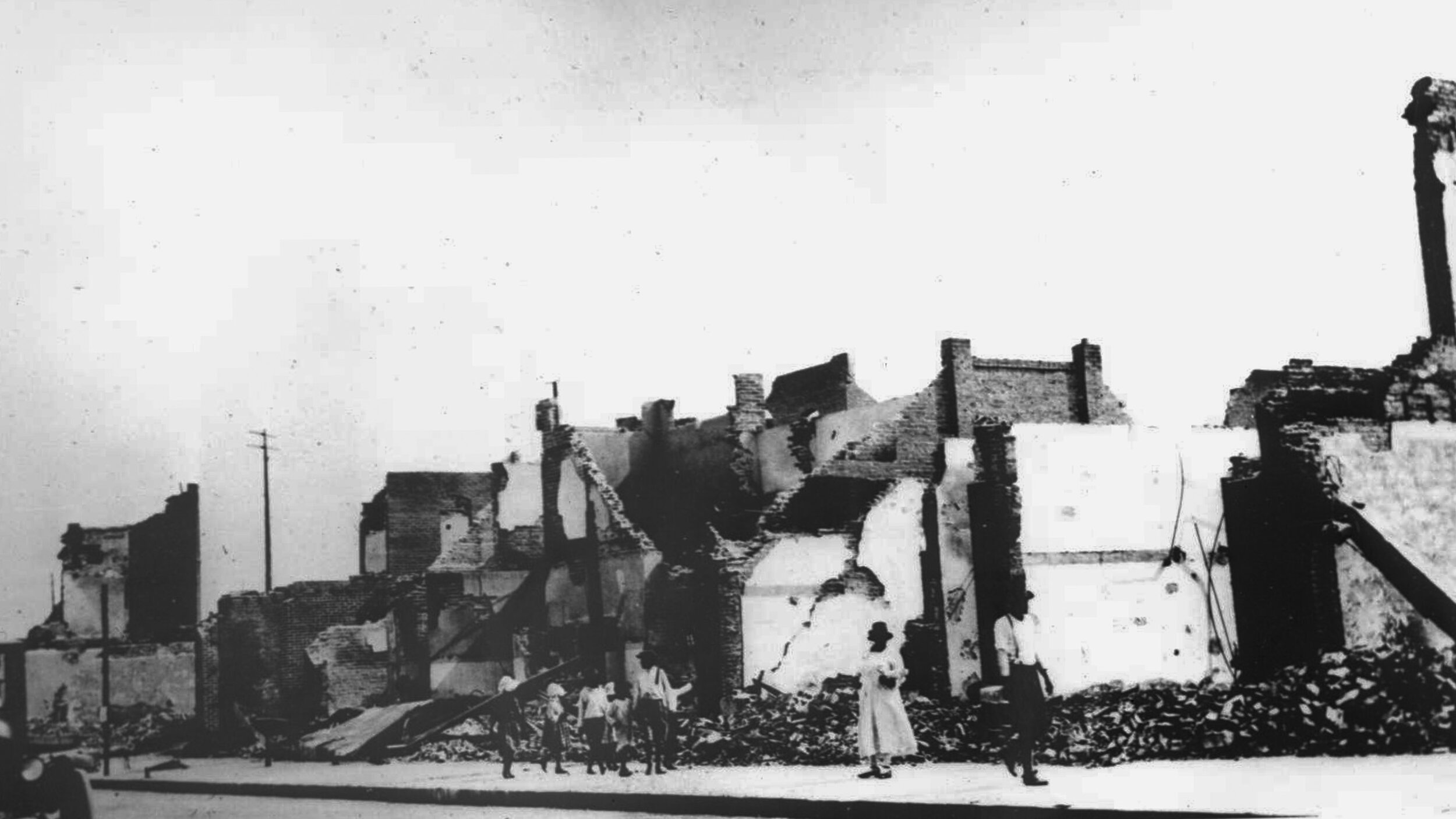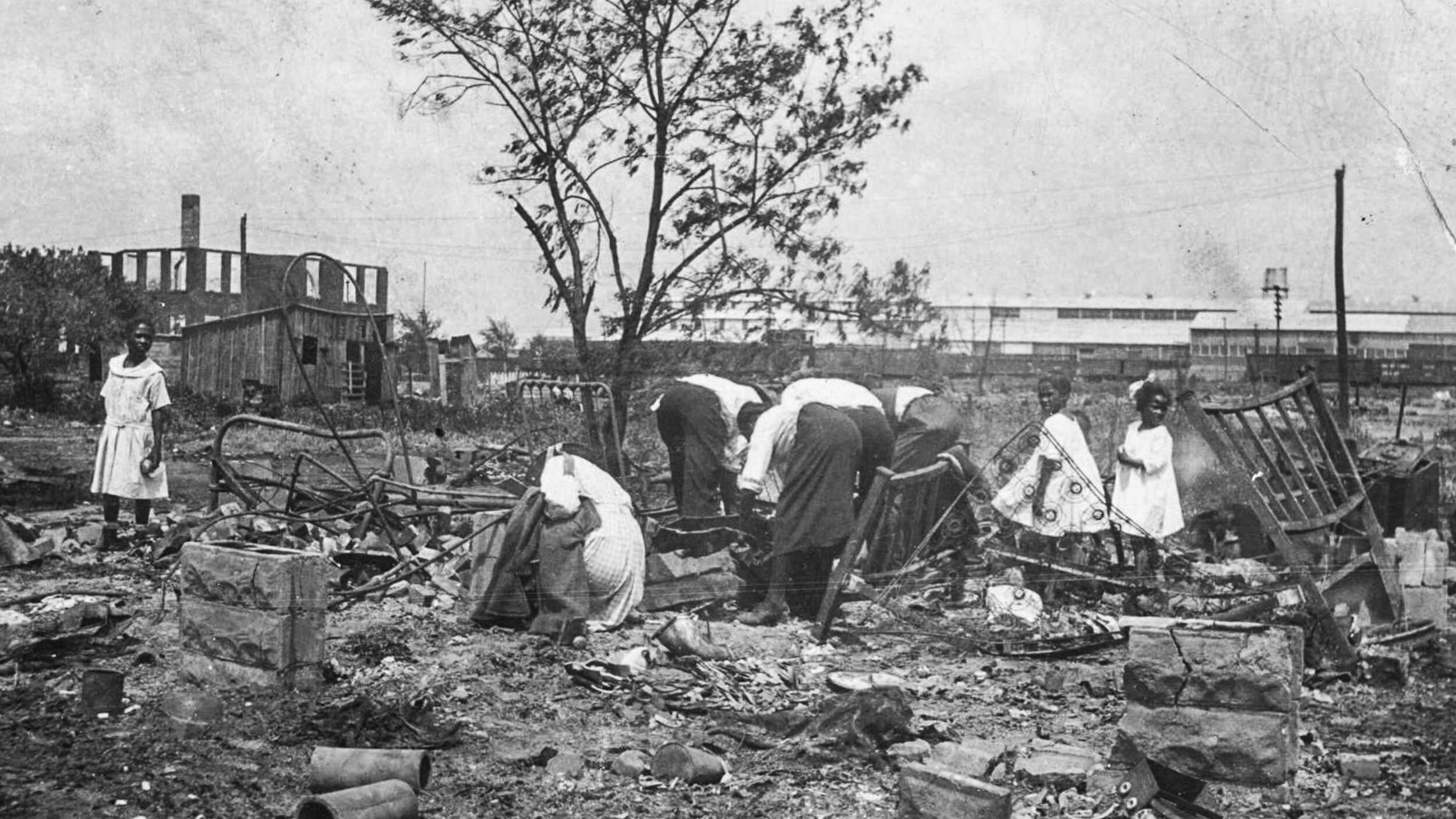HBM141: Filthy Riches
/Image by Jeff Emtman.
When a group of broke college students start throwing lavish feasts, HBM host Jeff Emtman begins to wonder at the source of the food, initially assuming it was stolen. But he’s soon corrected. Confronted with the shocking amount of food waste in the local dumpsters, he quickly turns into a freegan dumpster diving evangelist, but is often thwarted by an angry employee of a local produce stand. An employee whose face is always hidden by a bright headlamp.
Content Note: Language and descriptions of violence.
These encounters rattle him, making it hard for him to separate reality from his recurring night terrors about the incidents. But, years later, and more than a hundred of miles away, he has an encounter in a chocolate dumpster which cures him of those nightmares.
Many thanks to Jesse Chappelle and Hallie Sloan, who helped in the research of this episode.
Producer: Jeff Emtman
Music: Serocell, August Friis, The Black Spot
Coffee Beer gets you to and from the best parts of your day. Located at 4142 SE 42nd Ave, Portland, OR 97206, they serve coffee, beer, snacks and groceries for pick-up and delivery. Order yours at coffeebeerdelivers.com
Coffee Beer’s merch can be shipped! Shirts, mugs and more, at coffeebeer.me
Thank you Coffee Beer for sponsoring HBM!
Jeff likes Coffee Beer’s “Leave Me Alone” shirt.














